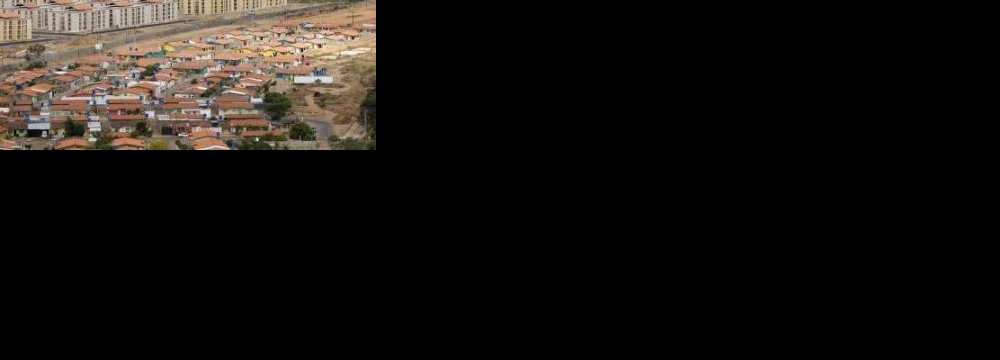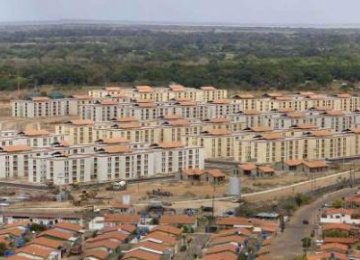The ministry of roads and urban development has planned to deliver 700,000 Mehr housing units by the end of the current Iranian year (March 21, 2015), IRNA reported.
Ministry officials have announced that the Mehr housing scheme has had 50-60 percent progress so far and the remaining units are through different stages of construction.
On the sidelines of his visit to Ahwaz on Saturday, Mohammad Pejman, the managing director of the National Organization for Land and Housing, asserted that the government was firmly “determined” to complete all Mehr units as soon as possible; however, he noted that “the government has difficulty in drawing up a definite timetable for their completion as people have to pay their share so that the government can finish them.”
Pejman referred to a 2,000-housing-unit project in Ahwaz which was halted during the previous administration for unknown reasons and said “fortunately, the project has restarted and made significant progress with the support of the National Iranian Oil Company whose personnel will benefit most. It is expected that 400 units will be completed by May 2015, another 600 in the next four months and the remaining by the end of next [Iranian] year (March 21, 2016).”
He announced that the possibility of increasing Mehr housing loans is under consideration, however, “no definite plans” have been developed yet.
Possible Surge in Prices
Elsewhere, Mohsen Nariman, the deputy minister of roads and urban development announced that Mehr housing unit prices may surge in new cities, particularly Pardis, and attributed the increase to a “directive” issued during the 10th administration.
“The administration has followed the decision and directive of the previous administration in construction of Mehr housing units and unfortunately, the implications of the directive have started to surface,” Nariman said.
He said although the Mehr housing applicants had to pay extra for the infrastructure development, the value added to their initial investment will be significant.
Nariman also revealed his plans to talk to people via the media regarding the price hike and said, “We will explain to the people that the directive calling for rise in prices is nothing new and dates back to the previous government and was issued by those who initiated the project in the first place.”
He also explained that the envisaged raise in prices is not limited to “Phase 11 of Pardis,” a suburban area in the east of Tehran, but projects in other regions may also be included depending on their physical progress.
Nariman elaborated on the problems in Phase 11 of Pardis and said, “In Pardis, housing units have been built over the hills making it difficult and more costly to transfer water compared to units built on plains.”
In 2007, former president Mahmoud Ahmadinejad offered free land and cheap credit to contractors in a bid to provide two million low-income Iranians with affordable housing units. But the national project, known as Maskan-e Mehr in Persian, slowed down due to lack of finances.
The Rouhani administration now blames the project for having added excess liquidity to the market and having pushed inflation as high as 40 percent in the summer of 2013.
In mid-September, Abbas Akhoundi, the minister of roads and urban development, announced that the project will be replaced by “Social” housing scheme which will kick off at the end of the current Iranian year (ending March 20). He emphasized that the current deficiencies in Mehr housing scheme will be corrected. He also assured that people will no longer have problems regarding infrastructural facilities of the housing projects such as water, power, and natural gas.





